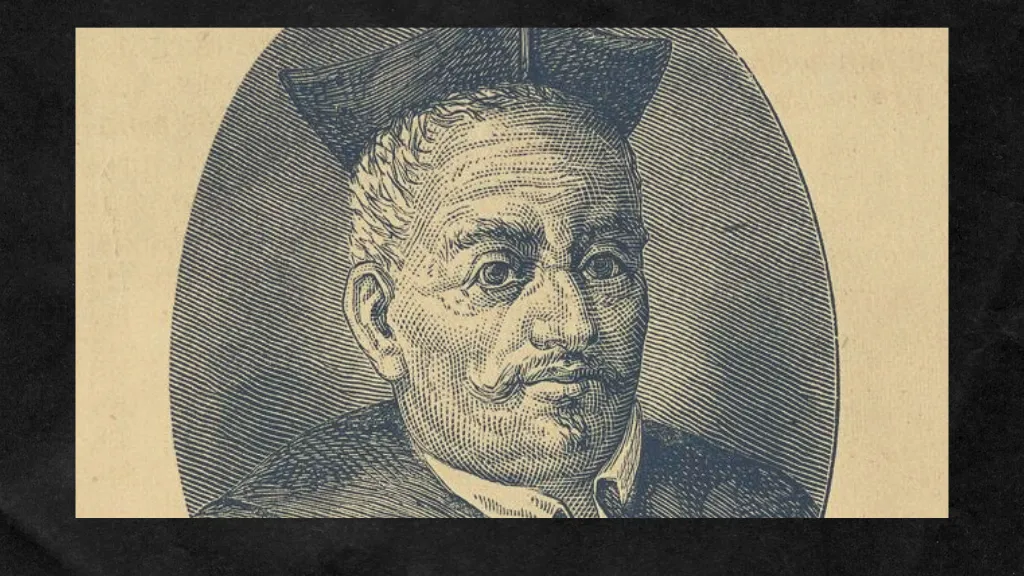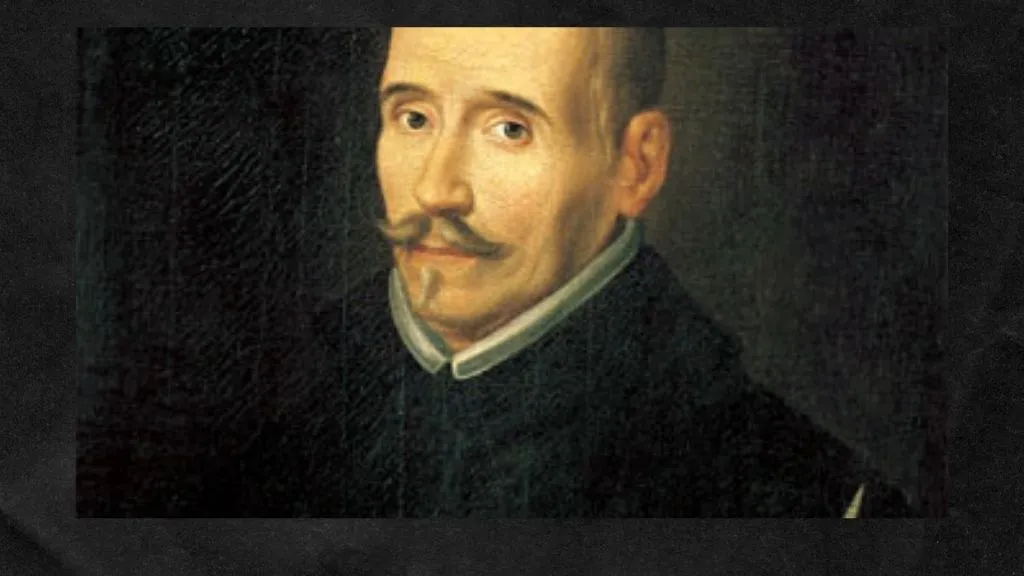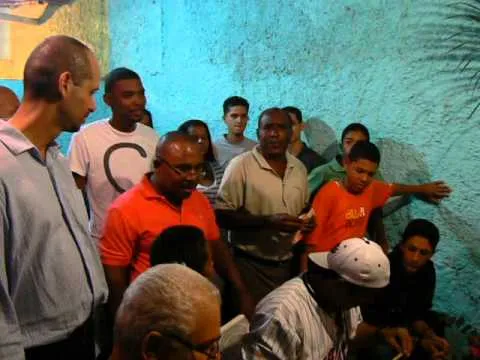VICENTE ESPINEL .


Vicente Gómez Martínez Espinel (Ronda, Málaga, December 28, 1550 - Madrid, February 4, 1624) was a Spanish priest, writer and musician of the Golden Age, author of a picaresque novel, the Life of the squire Marcos de Obregón (1618). From his Diversas rimas of 1591, he transformed the structure of the tenth, a stanza also known as spinel in his homage. In music, he became famous for giving the guitar its fifth string, adding a lower string to the four already existing at the time. In his memory, the first High School of the province of Malaga, located in Gaona Street in that city, is named after him since 1956.
WHAT IS A TENTH?
It is a most interesting poetic expression expressed in different parts of the world and in Latin America. But here in Venezuela it has different forms of interpretation in our music. It is a structure formed by stanzas also called piés de décima of ten verses each one. Décimas are called because they have ten verses and espinelas because its first inventor was that distinguished genius Vicente Espinel. But undoubtedly the merit of Espinel is indisputable. At least since 1587, when Don Alonso de Ercilla had already approved his various rhymes, he had enronized the pause in the 4th line. His rhymes are consonant and are organized as follows: abba accddc. usually in a tenth a single theme is developed.
It is usual for people to tell me
that in part knows my evil,
that the main cause
is written on my forehead;
and although I play the brave one,
then my tongue slips
in what gilds and tinges;
that what the breast does not spend
no dissimulation suffices
to cover it with ashes.

In the Hispanic tradition, there are several combinations of the décima prior to the one created by Vicente Espinel. At the beginning of his journey on American soil, it is not only Espinel's combination that is found, but also other forms such as the one used by Torres Naharro. The book "Tal..." Quotes "The splitting of the old Castilian verse of diesciceis syllables gives rise to the octosyllable that is imposed from the middle of the fourteenth century alfonso XI at the end of that century writes in octosyllabic quatrains. There were already octosyllabic verses in isolated verses, but not until 1350 - Castilian verse was not organized in true strophes - the strophe as an entity, as a complete group of verses equal or unequal to each other, was lacking in the distribution of the rhymes" the forms that are grouped in the lines.
Tomás Navarro has oriented his research to demonstrate the existence of ten-line stanzas in the productions of the XV and XVI centuries, although he does not fail to recognize that the octosyllabic stanza known by antonomasia with the name of décima was not divulged until the appearance of the book "Diversas Rimas de Vicente Espinel, published in 1591.
Torres Naharro's décima has the same structure as the espinela, an abbaaccddc combination, the only difference being that the verse has four syllables. Torres, however, would structure it abbaacaccddc.
José María de Cossío mentions seventeen poets who handled the tenth before Espinel. In progressive order: Alfonso Alvárez de Villasandino, Ferrant Manuel de Lando, Juan García, de Vinuesa, Don Álvaro de Lema, Gómez Manrique, Caragena, Pedro Torroella, Mendoza, Juan Rodriguez del Padrón, Azevedo, Juan de Mena, Marqués de Santillana, Juan Agraz, Tapia, Juan del Encina, Ximénez de Urrea and Juan Fernández de Heredia.
It was Lope de Vega who in his book La Circe, which dates from 1624, created the name Espinela, arguing to call "espinela" by the master Espinel, its first inventor, Espinel does not use the new form only once, with the title of "redondillas". And this is but one of the many combinations he uses in his "Diversas Rimas", the book that immortalized him, and Lope recognizes that before Espinel the tenth did not exist. In his famous dedication he also inserts Although some of them are found in the antiquaries Still in the eighteenth century the polemic continued


TENTH EXPANSION
By Oral way or in printed sheets, the Spaniards bring us the tenths in Mexico it has been possible to finish exactly this phenomenon by analyzing the relations of the ships. Many times, through the tenths transported to America, political proselytism work is done. The Inquisition acts in Mexico. And the incentive of the clandestinity makes them spread more effectively. But the Spanish ships arrived at various ports. In America a process of folklorization took place- The Spaniards took it to America without music (acapella) in order to evangelize. It is difficult to determine its contribution to the evangelization process; on the contrary, it is proven that the form of the décima permeated the traditional culture. The décima quickly acquired importance in work songs, serenades, lullabies and above all it acquired a social function in itself: today, in different parts of Latin America, people gather in towns and cities to attend meetings of decimitas in which they demonstrate their talent, confronting each other or paying homage to this situation.
PURPOSE AND EXPRESSIVE CACUCES.
Verse is born together with music. Verse, music and dance are at its origin. The essence of popular poetry is in being originally a poetry made for singing and long before him, in 1867 Vergara had highlighted this peculiarity. Among others, the galerón is the usual melody used by popular singers to make their décimas known. It is also the obligatory rhythm in Cruz's wakes, at least in the island of Margarita. In Barlovento they recite it alternating with the Canto. The gaita, the jota, the fulía and even the polo are also used. Some décimas are typical of a certain melody, a phenomenon that we attribute to the use, since in truth any can be sung at whim.
The Tenth in Venezuela
The popular poets of Miranda and Aragua have cultivated the tenth in its different variants as a fundamental element to express their religious faith in the wakes to the Cross of May, the Virgin Mary, the saints and to sing their joys and sorrows in the music of the central joropo, joropo tuyero oriental. We can see it within the music Barloventeña before starting the songs of Fulía, they start the tenth feet in an acapella way to then say Tambor & Canto" and the music begins.



